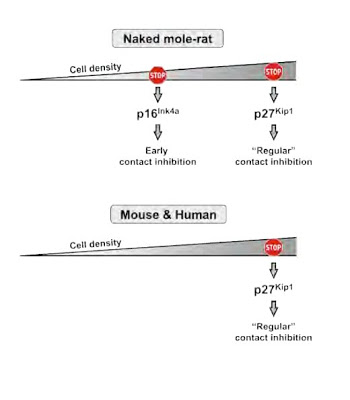1. One shot of gene therapy and children with congenital blindness can now see Starting with gene therapy treatment research on the eyes keeps the gene therapy localized so that researchers can learn to make effective treatment where this is low risk of complications and side effects.
After a single injection of genes that produce light-sensitive pigments in the back of their eyes, blind children can see. The study, conducted by researchers from the University of Pennsylvania School of Medicine and the Center for Cellular and Molecular Therapeutics at The Children’s Hospital of Philadelphia, used gene therapy to safely improve vision in five children and seven adults with Leber’s congenital amaurosis (LCA). The greatest improvements occurred in the children, all of whom are now able to navigate a low-light obstacle course—one result that the researchers call “spectacular.”
Although the patients did not attain normal eyesight, half of them (six of 12) improved enough that they may no longer be classified as legally blind.
“In follow-up studies, we will continue to monitor these patients to determine whether this treatment stops the progression of this retinal degeneration,” said Maguire. “In the future, we hope to investigate whether other retinal disease will be amenable to this gene therapy approach.”
2. Findings presented in The Proceedings of the National Academy of Sciences, show that the mole rat’s cells express a gene called p16 that makes the cells “claustrophobic,” stopping the cells’ proliferation when too many of them crowd together, cutting off runaway growth before it can start. The effect of p16 is so pronounced that when researchers mutated the cells to induce a tumor, the cells’ growth barely changed, whereas regular mouse cells became fully cancerous.

The naked mole rat p16 gene kicks in early to stop cell overcrowding and thus stop cancer. Credit University of Rochester
Like many animals, including humans, the mole rats have a gene called p27 that prevents cellular overcrowding, but the mole rats use another, earlier defense in gene p16. Cancer cells tend to find ways around p27, but mole rats have a double barrier that a cell must overcome before it can grow uncontrollably.
“We believe the additional layer of protection conferred by this two-tiered contact inhibition contributes to the remarkable tumor resistance of the naked mole rat,” says Gorbunova in the PNAS paper.
Gorbunova and Seluanov are now planning to delve deeper into the mole rat’s genetics to see if their cancer resistance might be applicable to humans.

Brian Wang is a Futurist Thought Leader and a popular Science blogger with 1 million readers per month. His blog Nextbigfuture.com is ranked #1 Science News Blog. It covers many disruptive technology and trends including Space, Robotics, Artificial Intelligence, Medicine, Anti-aging Biotechnology, and Nanotechnology.
Known for identifying cutting edge technologies, he is currently a Co-Founder of a startup and fundraiser for high potential early-stage companies. He is the Head of Research for Allocations for deep technology investments and an Angel Investor at Space Angels.
A frequent speaker at corporations, he has been a TEDx speaker, a Singularity University speaker and guest at numerous interviews for radio and podcasts. He is open to public speaking and advising engagements.

